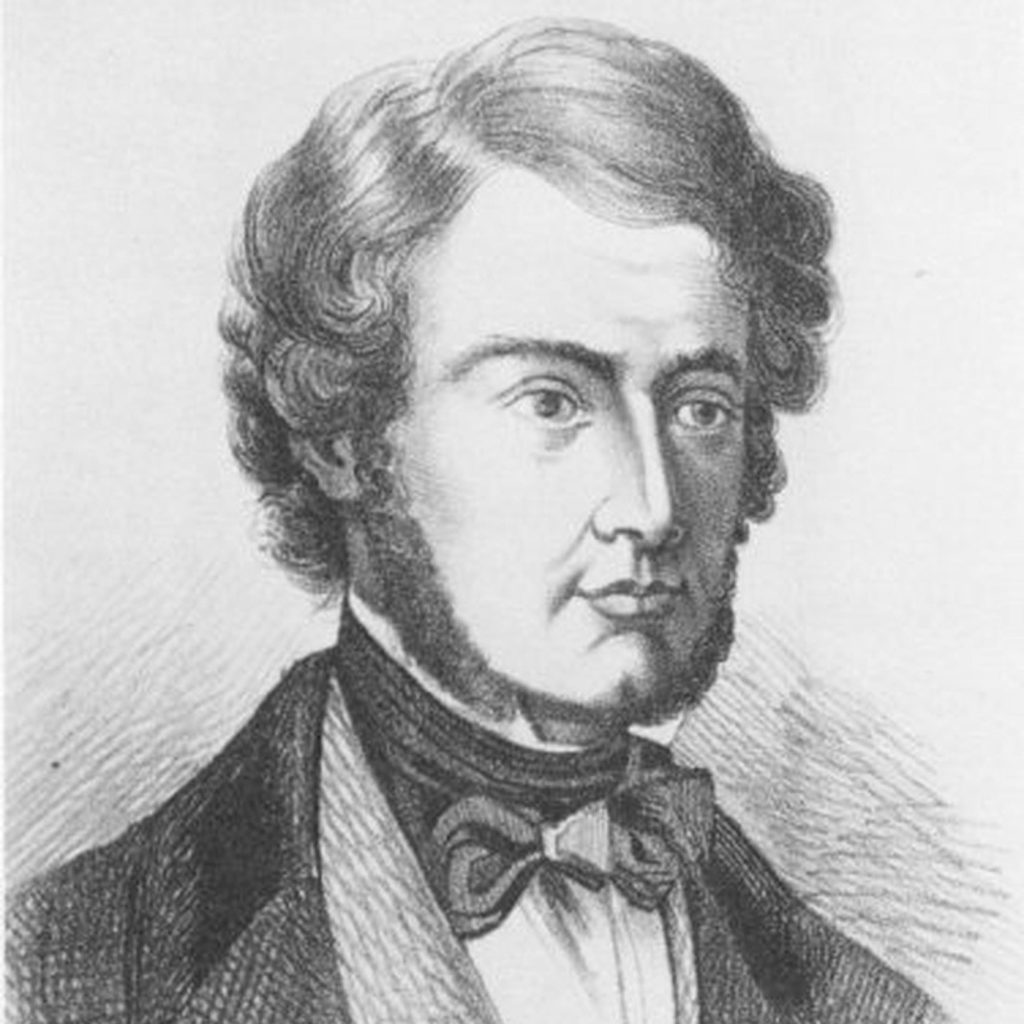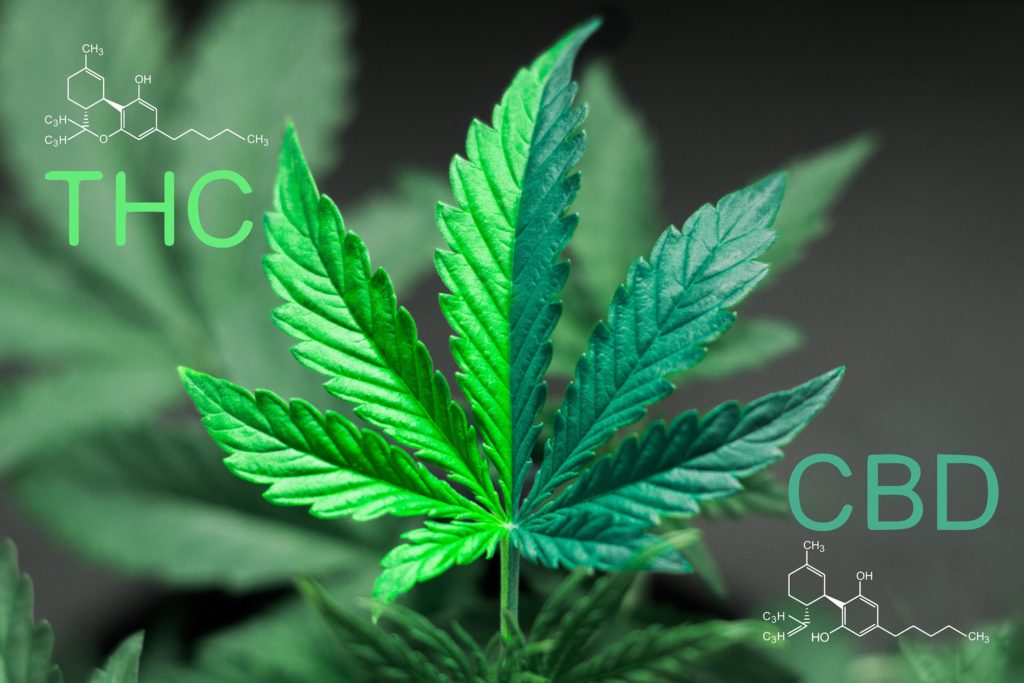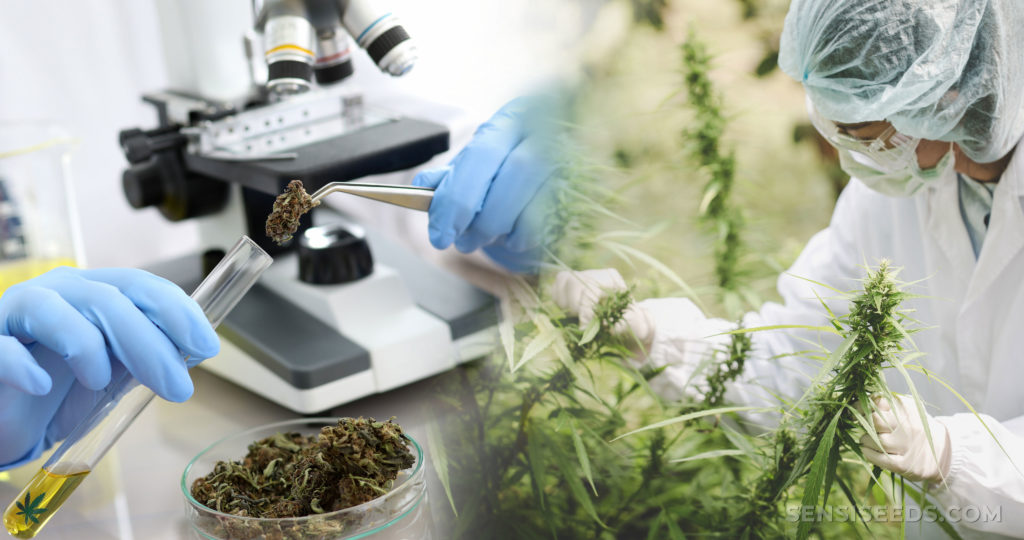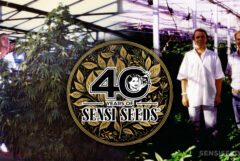The history of medical cannabis is long and turbulent, encompassing almost every corner of the globe and spanning over 6,000 years. Here, we set out what we believe are the most significant milestones on the long march to gain recognition of cannabis as a powerful, effective, and safe medicine.

1. First reference to medical cannabis in Chinese texts
Actually, this first “fact” is of somewhat dubious provenance. It’s repeatedly found on cannabis-culture websites that the emperor Shen Nung made the first reference to medical cannabis in Pen Ts’ao. This is the famed herbal treatise usually reported to have been written around 2,500 BCE.
The problem? Well, first, Shen Nung is a mythical figure whom no one is quite sure existed at all. Also, the book in question is of uncertain age and provenance. It has only existed in its present form since the year 50 CE! However, at this stage most scholars are fairly confident that cannabis was indeed used by the ancient Chinese and probably before any other civilisation.
2. Publication of the Sanskrit Ayurvedic texts
Unlike the dates of many early Chinese texts, the Ancient Indians were fairly diligent when it came to dating historical records. As a result, modern scholars are fairly confident that the first known references to cannabis appear in the Atharvaveda, written in around 1,400 BCE.
In the Atharvaveda, there are multiple references to bhanga, which is well-known (and still continues) to be a common word for cannabis throughout much of Asia and East Africa.
However, it wasn’t until the publication of the works of the physician Susruta sometime prior to 800 CE that we have definitive references to medicinal uses of cannabis. In his works, it’s is described as an anti-phlegmatic.
3. Arabic medical cannabis
The contribution of medieval Arabic medicine to modern Western forms cannot be underestimated. Around 1100 CE, the principle medical texts of the Islamic Empire began to be translated into Latin and other European languages, forming the basis for medieval and renaissance medicine.
The renowned Persian scholar and physician Ibn-Sina (Latinised as “Avicenna”) was undoubtedly one of the most important contributors to the Arabic medical tradition. His Canon of Medicine (1025 CE) was considered a medical authority for centuries and it contains multiple references to cannabis as a treatment for inflammation, ear infections and skin rashes.

4. William B. O’Shaughnessy
Dozens of eminent European scholars have noted the virtues of cannabis over the centuries, from the physicians of Ancient Greece and Rome to the medieval monks of Britain and Germany. But the 19th-century Irish surgeon and physician William B. O’Shaughnessy stands out as perhaps the single most important figure in bringing cannabis to attention of Western scholars operating under “modern” principles.
O’Shaughnessy was employed by the British East India Company in Calcutta between 1833 and 1841, during which time he observed numerous medical benefits of the local Cannabis indica varieties. On his return to England in 1841, he was responsible for the introduction of C. indica into the modern European pharmacopeia. Shortly afterwards, he worked in conjunction with well-known pharmacist Peter Squire to develop and market the first cannabis tincture ever sold in the U.S.

5. Discovery and isolation of THC & CBD
In 1963, a group of researchers at the Hebrew University in Tel Aviv led by the now-legendary Professor Raphael Mechoulam published a paper entitled “The Structure of Cannabidiol”. This landmark paper marked the first time in modern medical history that a compound uniquely found in cannabis was isolated and identified.
A year later, Mechoulam’s team released a paper entitled “Isolation, Structure, and Partial Synthesis of an Active Constituent of Hashish”. This paper outlined the chemical formula and structure of tetrahydrocannabinol, the principal psychoactive compound in cannabis.
6. Discovery of CBD’s antiepileptic effect
The antiepileptic effect of cannabidiol has been known since at least 1977. The fact that cannabis could in some cases be used to control seizures had been known for some time, certainly by the time of O’Shaughnessy. However, it wasn’t known that CBD was the compound responsible until 1977, when a study into the anticonvulsant effects of THC and CBD – compared to and in combination with commonly used anticonvulsants of the time – was published.
The study found that CBD, but not THC, was an “effective and relatively potent anticonvulsant” when administered to rats, and that it enhanced the action of numerous other common antiepileptics when administered in conjunction with it.
7. Discovery of the endocannabinoid system
For decades, the belief that the psychoactive molecule THC must act on a specific and unknown protein receptor in the body was just speculation. However, in 1990 Dr Lisa Matsuda of the National Institute of Mental Health (NIMH) announced that she and her colleagues had successfully identified and cloned just such a receptor.
The discovery of the cannabinoid receptor type I, or CB1-receptor as it’s usually termed, was followed two years later by the discovery of anandamide (the first endogenous cannabinoid or “endocannabinoid”) and in 1993 by the discovery of the CB2-receptor. Thus, medical science was now aware of an entirely new biological messaging system, which would prove to be of fundamental importance to metabolism and regulation of health.

8. California implements Proposition 215
In 1996, the voters of the U.S. state of California passed Proposition 215 (“The Compassionate Use Act of 1996”), the first piece of legislation at the state level to specifically permit the use of medicinal cannabis since the drug was effectively outlawed with the passing of the Marihuana Tax Act in 1937.
As a result of Proposition 215, Californians could access legally-sourced medical cannabis of known provenance and quality. At the time of writing, 33 states in the U.S. allow medicinal cannabis use and 13 more states have restricted access to it.

9. GW Pharmaceuticals’ Sativex brought to market
The prescription drug Sativex, developed by the British cannabinoid research company GW Pharmaceuticals, is the world’s first whole-plant extract to be successfully developed, approved and marketed for prescription. First licensed in the UK in 2010, Sativex has since become available in many more countries.
While it represents a significant milestone in the march to legitimise medical cannabis, Sativex has courted significant controversy, as its creators enjoy possession of the only legal license to cultivate cannabis for medical purposes in the UK. Meanwhile, the rest of the population continues to be criminalised for cultivation of cannabis, and Sativex is only available in certain locations due to its prohibitive cost.
10. Discovery of the postulated “entourage effect”
In 2011, Dr Ethan Russo (former senior medical advisor to GW Pharmaceuticals) published an extensive review of the existing research into the interactions between the various cannabinoids and terpenoids found within the cannabis plant. Various studies had already explored many of these interactions, but Russo was the first to coin the term “entourage effect”.
As a result, new focus has been drawn to the importance of studying the synergistic rather than individual effects of the compounds found within the cannabis plant. This has also further highlighted the need for legislation which allows for study and medical utilisation of all parts of the cannabis plant, including the psychoactive compound THC.
- Disclaimer:This article is not a substitute for professional medical advice, diagnosis, or treatment. Always consult with your doctor or other licensed medical professional. Do not delay seeking medical advice or disregard medical advice due to something you have read on this website.











